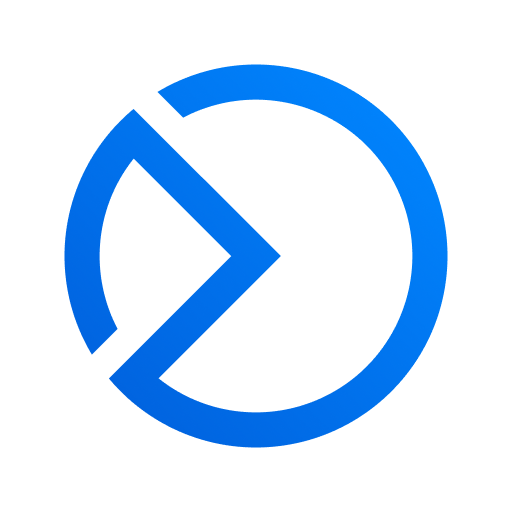
Social Media & Event Coordinator Intern
Scroll ↓
Overview
CLE Cotton Candy is a small e-commerce business based in Solon, Ohio. Their business offers a wide variety of sweet flavors and products.
My role as an intern was to write, create, design, and plan social media posts for platforms such as Facebook, Twitter, and Instagram.
I managed private events/booths at local farmers markets. I was tasked with getting live content for posts and stories that would be posted on-site or scheduled for posting on the platforms.
I reviewed and processed subscription orders that customers sent through the site. This factor played a part in my measurement plan (see below).
Ultimately, my job was to increase awareness of CLE Cotton Candy through social media and in-person events. This was done while hosting private events and farmers markets alongside other interns, ensuring we captured quality live content to aid in my creations for their social media platforms.
My Responsibilities
Social Media Advertising
Each week, each of us interns would get assigned content plans by the CEO of CLE Cotton Candy. My assignments were to write, design, create, and plan for the following weeks. Social content was then posted to Instagram, Facebook, and Twitter.
To help with this assignment, my first step was to research events and their themes to design eye-catching posts for followers.
For example, when I was assigned the "Event Roundup Plan," I would look into the theme of the event. From there, I would create a caption for the whole carousel—sharing that CLE Cotton Candy would be vending. It was crucial for each event to have a different design to maintain attraction to the several events happening on the same day.
On-Site Social Media
Alongside content plans, the other interns and I were in charge of getting live content at the events as well.
The goal here was to bring awareness to customers and vendors about the business. Live photos and videos helped showcase the product and process of CLE Cotton Candy.
Live content was posted on Instagram and Facebook stories, as well as customer and event set-up shots, which were posted on the pages after the events.
Including "Till 5" in stories was a real attraction. These small call-to-action prompts would draw customers in to visit our booths at events!
Event Coordinator
As an event coordinator, my responsibilities included setting up booths, customer service, getting social media content, and getting to make delicious cotton candy!
My Process Below
-

Canva Pro
Created and designed social media posts here. Benefited from templates and various design tools in Canva.
-

Meta Business Suite
Scheduled Instagram and Facebook posts here. Captions and hashtags would have to be included.
-

Hootsuite
Scheduled Instagram, Facebook, and Twitter posts according to my assignment. Captions and Hashtags would have to be included.
-

Google Drive
Communicated with CEO and other interns through google drive. Often times, would share files and folders each week with my assignments.
-

Google Docs
Used Google docs to write content plans which would include captions and hashtags. Easier to share with the CEO and other interns, if needed.
-

Dropbox
Other interns and myself would upload pictures and videos to Dropbox. These also were used for social media posts.
My Success
My success came from my experience and skills I gained from being a Social Media & Event Coordinator Intern for CLE Cotton Candy.
I learned more about social media strategies such as brainstorming design elements, creating captions that lead to the creation of posts, and getting to work with data analytic tools like Hootsuite and Meta Business Suite which made social media planning more efficient.
Overall, having creative control when it came to planning and designing content enhanced my skillset in Digital Marketing.
Measurement Plan:
*Click to expand each section for more information metrics I used*
-
Engagement includes a number of reactions, comments, and shares a brand's content receives.
Engagement rates can be determined by calculating total number of likes, comments, and shares and divide it by the number of followers a brand has on their social media account. Then multiply it by 100 to get a percentage.
Often times, I would calculate engagement rates on posts I would design. For example, a story I made received 157 views. Divide that by 2,896 and get 5.4% engagement.
-
One of the most important social media marketing metric that can be measured, and it shows the value of your social media campaigns (paid or organic). UTM parameters are needed to track social conversions. Learn more.
Once UTM’s are added, conversion rate can be calculated by dividing the campaign URL builder. number of conversions by the number of clicks.
A site I used to track conversions for subscription orders is a campaign URL builder.
-
Click-through rate determines how often users click links in a social media post to access additional information or content.
This rate can be calculated by dividing the total number of clicks for a post by the total number of impressions. Then multiply by 100 to get your CTR as a percentage. Knowing this rate is important to help understand your customers.
Often times I would use post impressions to calculate this rate. To help understand what was attracting customers.


